Chirality is known to be important for the movement of microorganisms and active matter. In our new paper out today in @natphys.nature.com, we show that chirality is used by malaria parasites to control their motion patterns:
doi.org/10.1038/s415...
Here comes a 🧵 ... (1/9)
Chirality is known to be important for the movement of microorganisms and active matter. In our new paper out today in @natphys.nature.com, we show that chirality is used by malaria parasites to control their motion patterns:
doi.org/10.1038/s415...
Here comes a 🧵 ... (1/9)
With a #HealthResearch grant, @mariabernabeu.bsky.social uses analytical techniques and human 3D models of blood vessels to ⬆️ our understanding and test new therapies.
https://tinyurl.com/2vtjnwn6

With a #HealthResearch grant, @mariabernabeu.bsky.social uses analytical techniques and human 3D models of blood vessels to ⬆️ our understanding and test new therapies.
https://tinyurl.com/2vtjnwn6
I’m @alex-plum.bsky.social (@mattiaserra.bsky.social group) and I’ll be sharing some papers on characterizing and controlling avian gastrulation flows.
I’m @alex-plum.bsky.social (@mattiaserra.bsky.social group) and I’ll be sharing some papers on characterizing and controlling avian gastrulation flows.

events.ibecbarcelona.eu/embl-ibec-co...

events.ibecbarcelona.eu/embl-ibec-co...
We answer a longstanding question in the field. Do immune cells cause cerebral malaria?
The answer is YES!!!! And independently of P. falciparum accumulation in the brain.
www.biorxiv.org/cgi/content/...

We answer a longstanding question in the field. Do immune cells cause cerebral malaria?
The answer is YES!!!! And independently of P. falciparum accumulation in the brain.
www.biorxiv.org/cgi/content/...
Using a 3D brain microvessel model, we show:
1) an unappreciated role of brain pericytes in cerebral malaria pathogenesis
2) Tie-2 activation by AKB-9778 as a potential therapeutic avenue
www.embopress.org/doi/full/10....


Interfolio link: apply.interfolio.com/174360
PLEASE, share widely across the blue skies!
Let me briefly explain what we're looking for:
1/10

Interfolio link: apply.interfolio.com/174360
PLEASE, share widely across the blue skies!
Let me briefly explain what we're looking for:
1/10
You can find it at arxiv.org/abs/2509.08533
@michaelzhao.bsky.social @erzbergerlab.bsky.social

You can find it at arxiv.org/abs/2509.08533
@michaelzhao.bsky.social @erzbergerlab.bsky.social

Find out which early-career researchers will receive funding this year, what they will be investigating, where they will be based... plus lots of other #ERCStG facts & figures for 2025!
➡️ buff.ly/IsafuFh
#FrontierResearch 🇪🇺#EUfunded #HorizonEurope
Find the paper here:
www.nature.com/articles/s41...
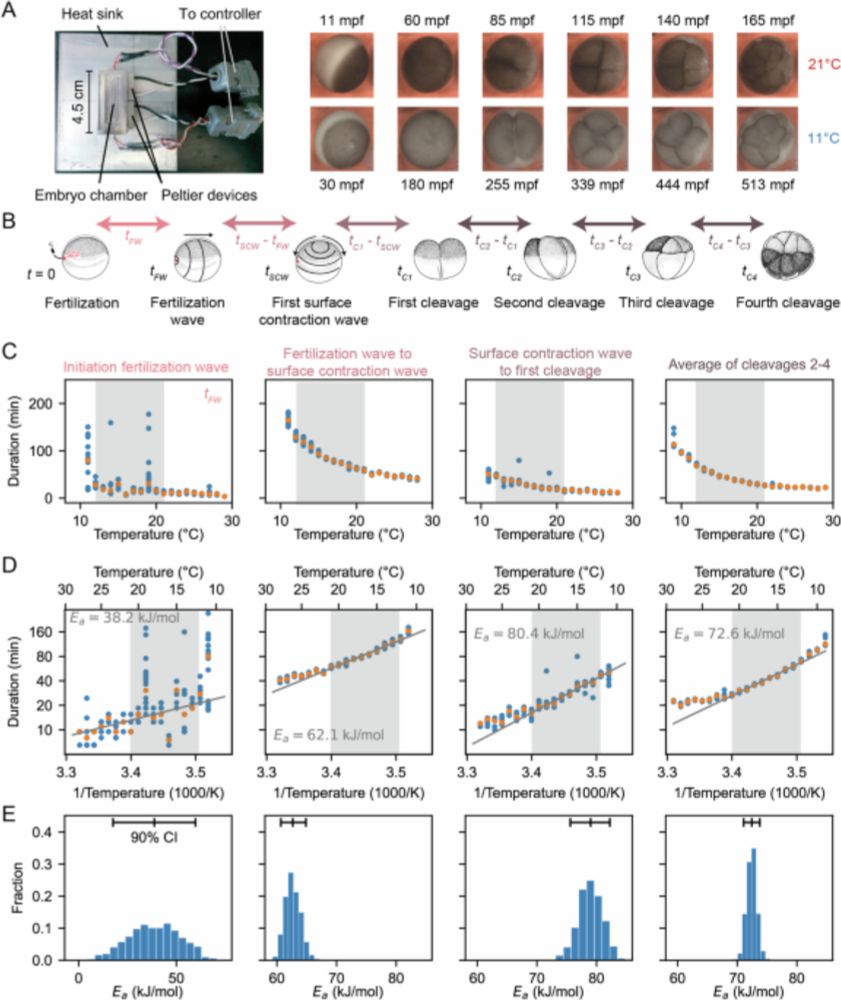
Find the paper here:
www.nature.com/articles/s41...
Apply here:
embl.wd103.myworkdayjobs.com/EMBL/job/Hei...
Please re-post 🙏
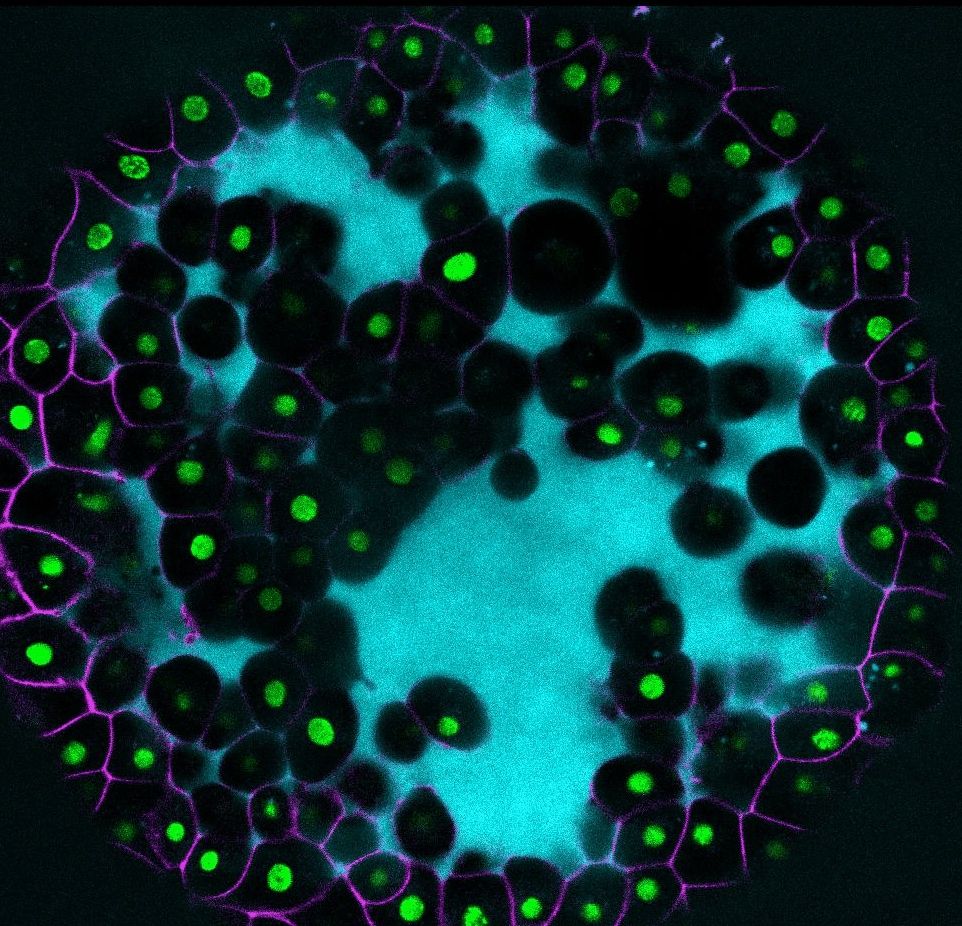
Apply here:
embl.wd103.myworkdayjobs.com/EMBL/job/Hei...
Please re-post 🙏
buff.ly/Qzj8OWl
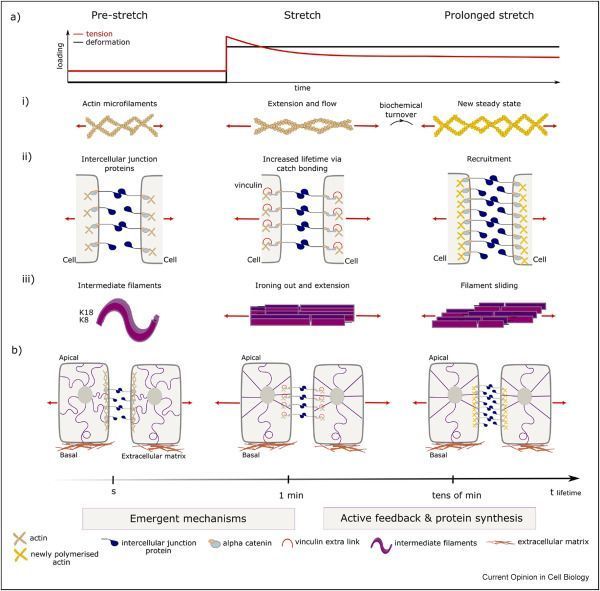
buff.ly/Qzj8OWl
First, congratulations to the fearless @liviapiatti.bsky.social and @alinabatzi.bsky.social
rdcu.be/ezBl7

First, congratulations to the fearless @liviapiatti.bsky.social and @alinabatzi.bsky.social
rdcu.be/ezBl7
www.cell.com/developmenta...
www.cell.com/developmenta...
Super nice and clear article on our findings and their implications.
www.snexplores.org/article/how-...
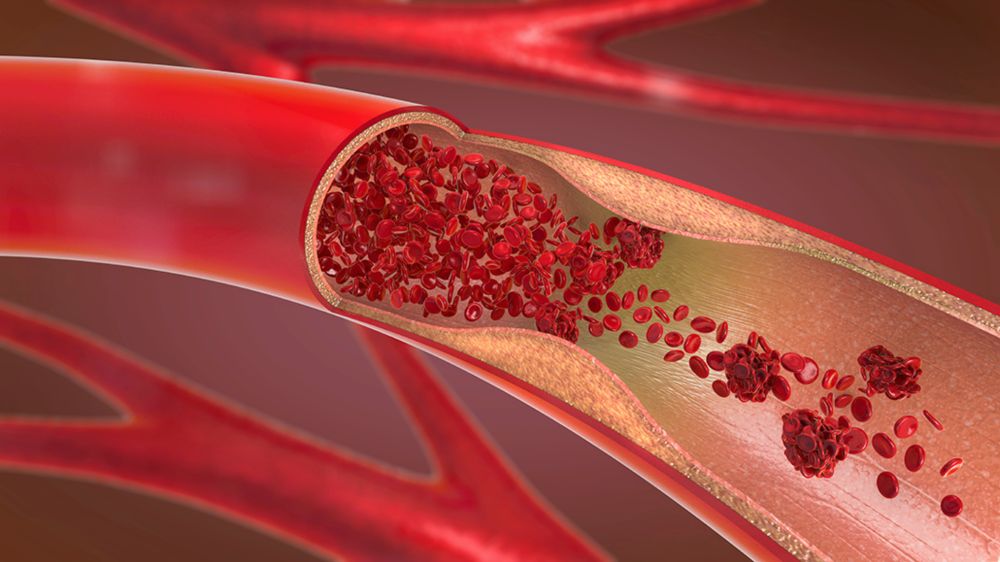
Super nice and clear article on our findings and their implications.
www.snexplores.org/article/how-...
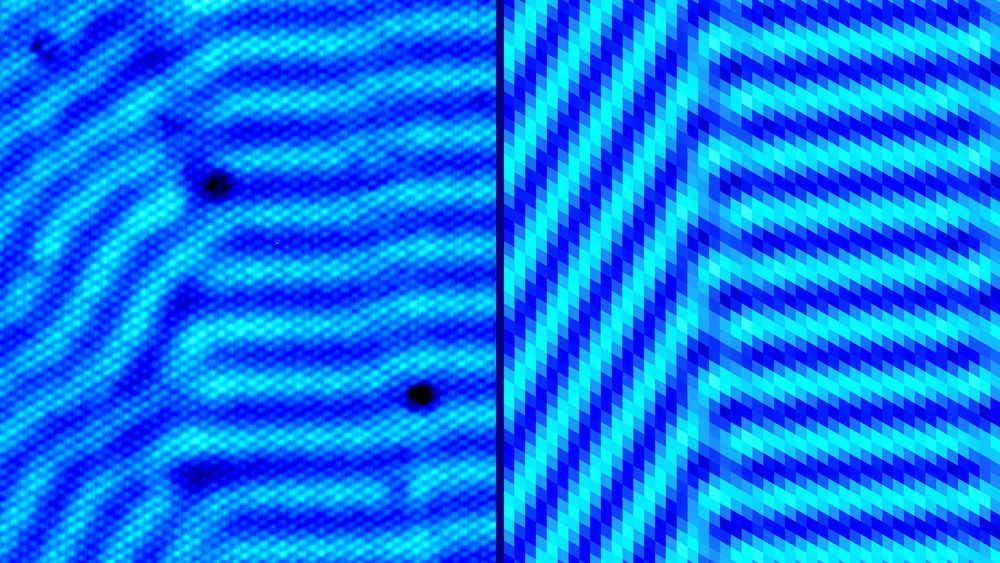
The tissue morphogenesis logic, now engineered into living, programmable materials.
www.biorxiv.org/content/10.1...
#ActiveMatter #TissueEngineering
The tissue morphogenesis logic, now engineered into living, programmable materials.
www.biorxiv.org/content/10.1...
#ActiveMatter #TissueEngineering
Read more ⬇️

Read more ⬇️
You cannot predict where advancements come from, so you have to invest in science and scientists.
Targeted (corporate) science investment will never do this.
www.richmondscientific.com/how-a-discov...

You cannot predict where advancements come from, so you have to invest in science and scientists.
Targeted (corporate) science investment will never do this.
Looking forward to future editions!
@epimechfc.bsky.social @i2sysbio.es
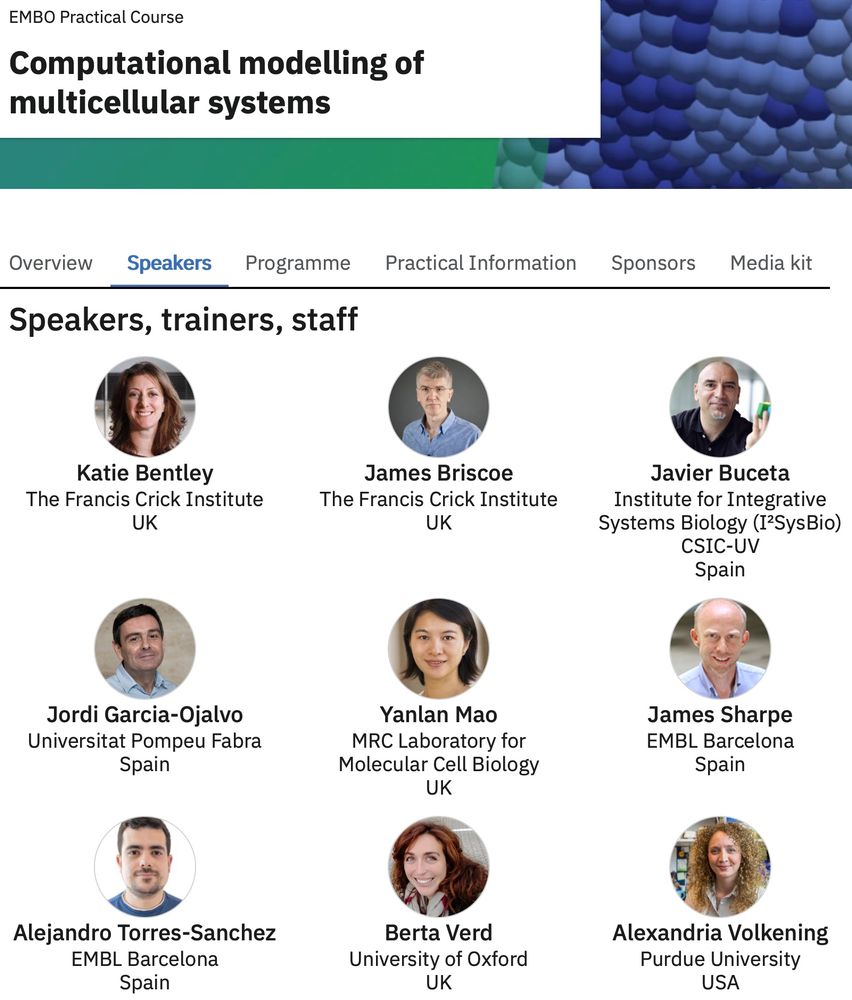
Looking forward to future editions!
@epimechfc.bsky.social @i2sysbio.es

